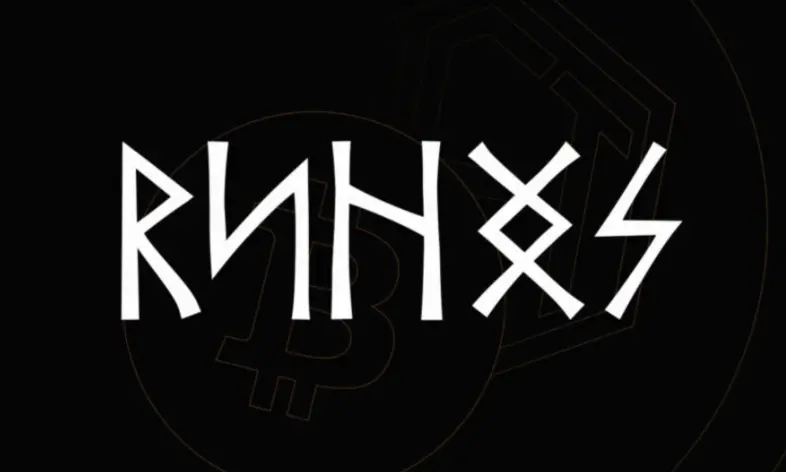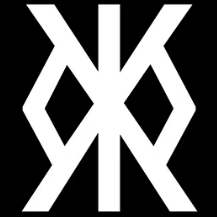Rune market reaches a new high, but why are my friends and I losing money?
Author: Golem, Odaily Planet Daily
Today, the overall market capitalization of Runes reached a new high of $1.92 billion. With the recent recovery in the Rune market, on-chain Rune new listings have become increasingly active, and many players are starting to pay attention to the primary market in hopes of hitting the Rune golden dog. However, the actual situation may differ from expectations. Even though the primary new listing market is thriving, there are few buyers in the secondary market for new assets, and most funds are concentrated in a few leading Rune projects.
Below, Odaily Planet Daily will reveal the current overall status of the Rune track, the performance of new listing assets, and the resulting strategic recommendations from a data perspective.
Matthew Effect: The Strong Get Stronger
According to Geniidata data, in terms of market capitalization, the top three Runes by market cap—DOG•GO•TO•THE•MOON, RSIC•GENESIS•RUNE, and PUPS•WORLD•PEACE—have market caps of approximately $920 million, $230 million, and $160 million, respectively, accounting for 70% of the total market cap of the Rune track.
In terms of 24-hour trading volume, as of now, the total 24-hour trading volume of Runes is approximately $14.58 million, while the Rune with the highest market cap, DOG•GO•TO•THE•MOON, has a 24-hour trading volume of about $7.64 million, accounting for over 50% of the total 24-hour trading volume of Runes.
In summary, despite the Rune market cap reaching $1.92 billion and the number of deployed Runes reaching 72,764, there has not been a flourishing situation across the track. Instead, the Matthew Effect has intensified—the leading Rune projects are becoming stronger and occupy most of the funds and liquidity in the market, with no new Rune assets outperforming the leaders to break the pattern.
How About Rune New Listings? Performance is Also Unsatisfactory
When a leading token in the Bitcoin ecosystem rises, it inevitably increases user enthusiasm for on-chain new listings. For example, in June last year, ORDI led the way and kicked off the BRC 20 boom, and due to the market recovery, new users and funds entered, resulting in many instances where new listings multiplied shortly after being launched.
The Rune DOG•GO•TO•THE•MOON, airdropped by Runestone, is undoubtedly the leading token in the Runes protocol. The recent continuous rise in the token price has naturally stimulated user enthusiasm for on-chain new listing Rune assets. However, this round of Rune new listing enthusiasm is somewhat different from BRC 20, as the performance of on-chain new listing assets has not been satisfactory. The table below records the returns of the top 10 Runes ranked by minting costs over the past 7 days.

Reference Chart: @satosea_xyz
Overall, it can be seen that among the top 10 Runes by minting costs in the past 7 days, only 3 had relatively good new listing returns, while the other 7 performed poorly, with some even experiencing declines of over 70%.
Furthermore, from the perspective of asset liquidity, as shown in the following Geniidata data, in the past 30 days, the trading volume of minting Runes on the Bitcoin chain far exceeded the trading volume of buying, selling, and transferring Runes. This further indicates that most new Rune assets face liquidity challenges after minting, with no assets in the secondary market to take over, leading to a serious phenomenon of PVP among market funds.
Strategy: Buying New Ones is Not as Good as Buying Big Ones
In the past week, although the market cap of leading Runes has exceeded $100 million, there have also been significant increases. According to CoinGecko data, in the past 7 days, DOG•GO•TO•THE•MOON increased by 118.6%, and RSIC•GENESIS•RUNE increased by 55.9%.

Although the odds of new listings on the Rune chain may be high, it is challenging to select that 30% golden dog from numerous new projects without keen insight, strong analytical ability, and the energy to keep a close eye on on-chain dynamics. Moreover, as analyzed earlier, the Rune track currently has a predominance of PVP among market funds, meaning that even if new players and funds enter, they may prioritize leading Rune projects rather than new assets with smaller on-chain volumes and shorter community development times.
In summary, rather than exhausting efforts on new listing assets, it is better to directly buy large-cap, strong consensus leading assets.











